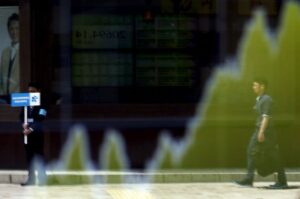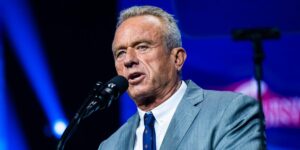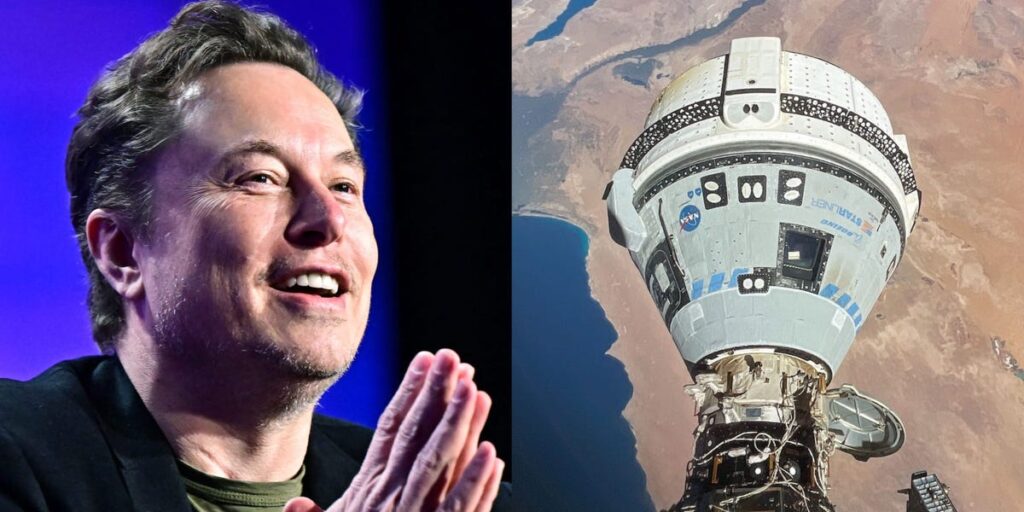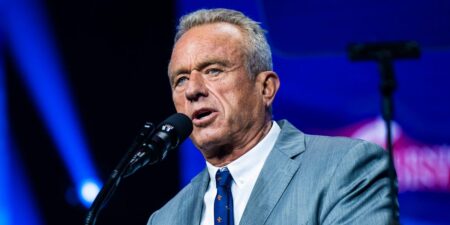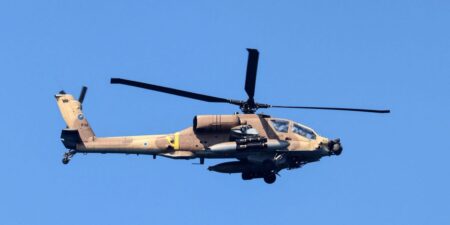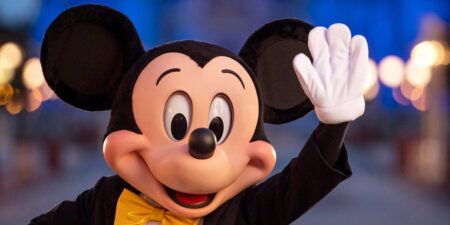NASA astronauts Suni Williams and Butch Wilmore have been stuck on the International Space Station for nearly two months due to thruster issues and helium leaking on Boeing’s Starliner spaceship.
It’s looking more and more like SpaceX may have to step in and bring them home. The company’s Crew Dragon spaceship has been successfully flying astronauts to and from the ISS for years.
“We have two different systems that we’re flying,” Steve Stich, the manager of NASA’s Commercial Crew Program, said in a press briefing on Thursday. He was referring to the Boeing Starliner and SpaceX’s Crew Dragon.
“Obviously, the backup option is to use a different system,” Stich added. “I would rather not go into all those details until we get to that time, if we ever get to that time.”
SpaceX got astronauts to space a lot faster than Boeing
The Commercial Crew Program funded SpaceX and Boeing to develop their respective spaceships into reliable astronaut vehicles for NASA.
SpaceX did it much faster and cheaper. Crew Dragon completed its first astronaut flight in 2020. Starliner is fumbling its own first astronaut flight right now.
Elon Musk, the founder and CEO of SpaceX, even posted about the disparity on the day of Williams’ and Wilmore’s launch.
“Too many non-technical managers at Boeing,” he wrote on X.
How long Boeing’s astronaut crew has been stuck
When the astronauts arrived aboard Boeing’s Starliner spaceship on June 6, they were supposed to stay on the space station for about eight days.
Their mission is a test flight, after all, and they are the spaceship’s first crew. The point was just to fly there, leave the spaceship docked to the station for a week for testing, and return to Earth, proving Starliner was up to the job.
“We kept saying ‘eight-day minimum mission.’ I think we all knew that it was going to go longer than that. We didn’t spend a lot of time talking about how much longer,” Mark Nappi, the vice president and program manager of Commercial Crew Program efforts at Boeing, said in the briefing on Thursday.
“It’s my regret that we didn’t just say, ‘We’re going to stay up there until we get everything done that we want to go do,'” Nappi said.
NASA had pre-ordained a maximum of 45 days for Starliner’s stay, based on how its batteries might perform in space.
As of Friday, the astronauts and their spaceship had been on the station for 51 days.
Now NASA says Williams and Wilmore might stay there until mid-August while Boeing’s troubleshooting continues. The agency has extended the 45-day battery waiver to 90 days.
“We don’t have a major announcement today relative to a return date. We’re making great progress, but we’re just not quite ready to do that,” Stich said in the briefing.
NASA’s plan to bring the astronauts home
It was the second press conference in about a week where NASA announced there was still no return date.
That’s because the agency is testing a spare Starliner thruster at NASA’s White Sands Test Facility in New Mexico and hasn’t finished yet. Engineers have been replicating the thruster issues that developed while Williams’ and Wilmore’s ship was on its way to the space station.
The next step is replicating the return journey, Stitch said, to see if Starliner’s thrusters could safely bring the astronauts home.
“NASA always has contingency options. We know a little bit of what those are, and we haven’t worked on them a whole bunch, but we kind of know what those are,” Stich said. “But right now we’re really focused on bringing Butch and Suni home on Starliner.”
In the meantime, both NASA and Boeing have repeatedly said, Williams and Wilmore are safe.
“Someday Starliner could be a backup to a Dragon mission,” Stich added.
Read the full article here




